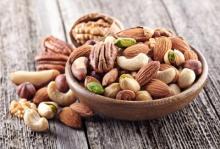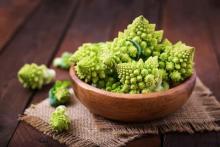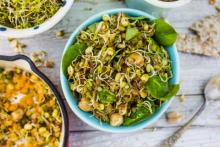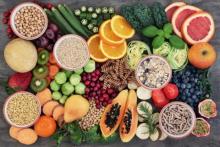7 Ways To Get More Vitamin B-12 In A Vegetarian Diet
Vegetarians run a higher risk of lacking vitamin B-12. Why? This vitamin only exists in animal products—your body cannot manufacture B-12 on its own. Therefore, you need to consume it via your diet! Have no fear—even if you practice a vegetarian or vegan lifestyle, you have alternative means of getting this vital nutrient.










